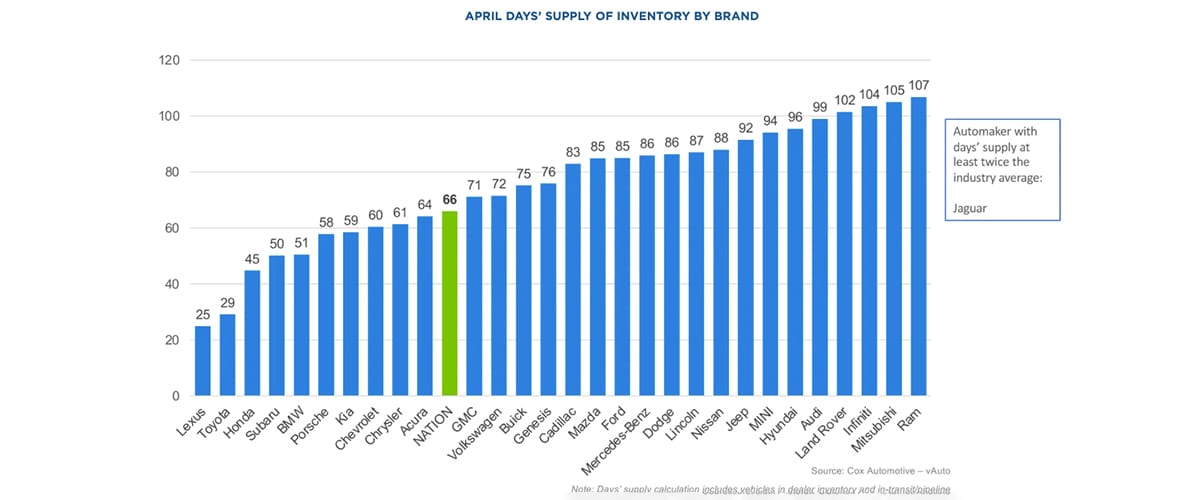When news of new car tariffs hit, Americans rushed to car dealerships to buy the last cars imported at pre-tariff prices. That has come to an end.
Many dealerships still have plenty of pre-tariff inventory, and price increases have been modest so far. But the early tariff car buying binge is fading.
A Buying Binge in March, April
Analysts measure the pace of car sales in a metric called seasonally adjusted annual rate (SAAR). It shows how many cars Americans would buy if today’s sales rate lasted all year, which helps remove the effect of normal seasonal fluctuations.
When 2025 began, analysts from Kelley Blue Book parent company Cox Automotive predicted that Americans would buy about 16.3 million cars this year. That’s nearly back to pre-pandemic norms after several chaotic years in the automotive market.
News of impending tariffs, however, sent Americans to car lots in droves. The SAAR hit 17.8 million in March, a near-record pace. It faded to 17.3 million in April, still high.
In May, Cox Automotive estimates, it fell all the way to 16 million.
Demand Dropping Now
Constantly shifting tariff policy makes it hard to predict what the next few months could bring. But Cox Automotive analysts now say the annual total could fall to 15.6 million by the end of the year, barring further changes.
“The vehicle market has been particularly strong since new tariff announcements in March, as many vehicle shoppers who were considering buying this year decided to pull ahead their purchase, before higher prices hit the market,” says Charlie Chesbrough, senior economist at Cox Automotive. “However, much of that pull-ahead demand has now been satiated, so consumer demand is expected to fall this month.”
Many Dealers Still Have Plenty of Pre-Tariff Cars
When the tariffs hit, car dealerships had plenty of inventory imported into the country at pre-tariff prices. The sales rush drew that down, but many still have plenty of pre-tariff cars on the lot.
Traditional industry guidelines tell dealers to keep about 60 selling days’ worth of inventory on the lot, with another 15 on order or in transit. Some brands are now below that measure, but many are not.

Car dealers will need to raise their prices before they run out of pre-tariff inventory. After all, they know they’ll need to pay higher import fees for each car they replace.
But price increases have remained modest so far. Far from matching the 25% increase in import prices, dealers charged an average of just 2.5% more in April than in March.
If you’re in the market, there is still a benefit to acting soon.
“Available inventory on dealer lots has declined significantly over recent weeks,” notes Chesbrough.
“Finding the right vehicle will be more challenging for shoppers. Additionally, prices will be high as existing inventory becomes less available and more valuable due to tariffs on incoming replacement supply. As more tariffed products replace existing inventory over the summer, prices are expected to be pushed higher, leading to slower sales in the coming months.”

